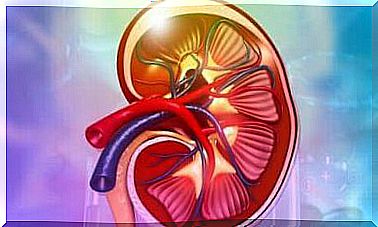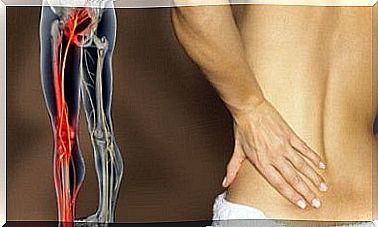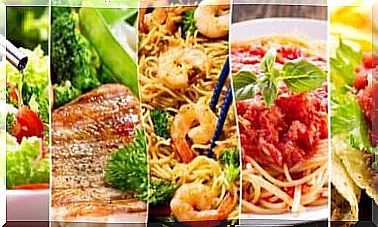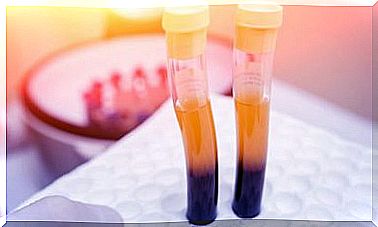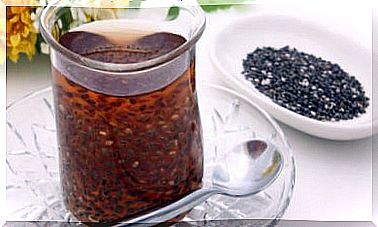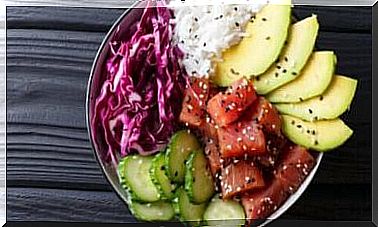Is It Appropriate For Calories To Be Converted Into Fat?
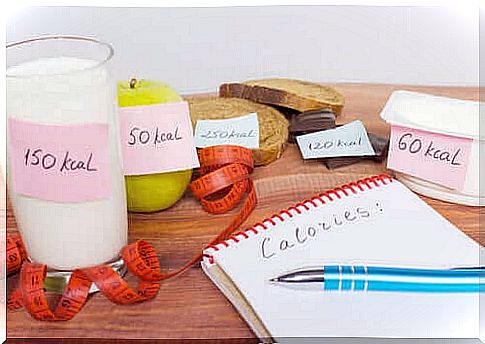
Until a few years ago, the energy level in foods and the belief that calories are converted to fat was the focus of diet plans for weight loss. The energy balance was almost the only parameter that was assessed.
Today we know that this is not the only aspect to think about. The type of food that we eat, the primary nutrients they provide, how our hormonal system responds, and the time we spend between meals are other aspects that also have a major impact on our body composition.
Calories are converted to fat: What are calories and what happens when we overeat?
We use calories to measure the amount of energy a food provides. Calories provide the body with the fuel it needs to perform vital functions and create structures.
After consuming food, the energy it contains is released and it is used in different cells. Everything that is not used immediately is stored for later use:
- The first energy supply in our body is in the muscles and liver where it is stored as glycogen.
- The second type of energy reserve is adipose tissue or fat cells, where the energy that we do not use accumulates in the form of lipids.
This is why we say that calories are converted into fat because when we eat more than what the body needs, excess energy is stored in the form of fat.
However, a large percentage of adipose tissue can be harmful, as it is associated with the occurrence of metabolic disorders, among other things.
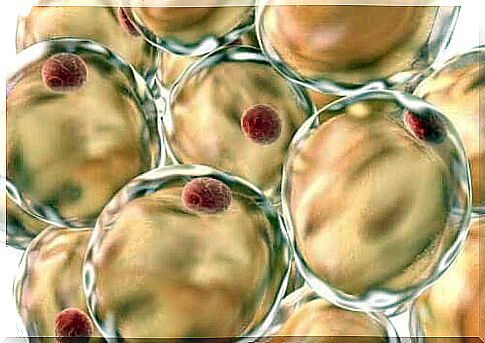
In addition to calories: Other things to consider
Calories are one of the crucial factors when we talk about eating and gaining or losing weight. In fact, it is important that the intake and burning of calories is balanced. But other aspects also come into play and relate to each other. These include the following:
Nutritional composition of foods
Calories do not work in the same way in the body if they come from different macronutrients. For example, proteins have a greater ability to saturate and a greater thermogenic effect than fats and carbohydrates.
On the other hand , different metabolic pathways are activated depending on the general composition of our daily diet. And this also affects the way we convert calories and they turn into fat.
Final calories, which end up being absorbed
We need to understand that we do not always absorb the total energy that food gives us. Some factors affect this aspect, such as how we prepare the food or the condition of our intestinal flora.
Hormonal aspects
Calories give us energy, but the way we process and use all this energy is regulated by hormones. Any impact on our hormonal system will eventually change the way we use and store calories.
The satiating effect of food
Not all foods satisfy us in the same way. The predominant nutrient in a meal, or how we cook it, will make us feel more or less satiated when we eat it.
When the stomach is full, it sends signals to the brain, which makes it understand that we should no longer eat. The total calorie intake should therefore be more or less the same at the end of each meal.
Calories are converted to fat: It is also a matter of quality
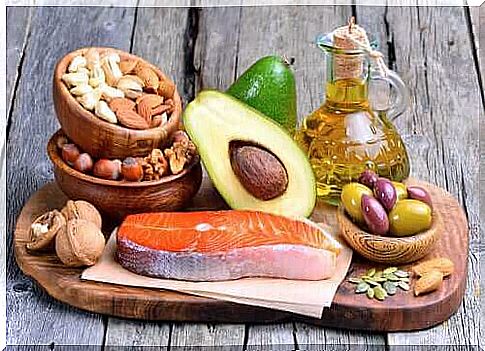
Whatever we want to gain or lose weight, we tend to look almost exclusively at the number of calories we eat. While it may be necessary in these specific cases, we must not forget the quality of the calories.
The same amount of calories from different food groups will not have the same effect on our bodies. It is important to evaluate the type of food that is part of the diet. Today we know that processed foods are directly related to:
- Increased risk of obesity.
- High blood pressure.
- Problems with combustion.
- High LDL cholesterol, among other things.
One should therefore make it a habit to eat fresh and unprocessed foods such as fruits, legumes, vegetables, whole grains, eggs, etc. Our intake of processed dishes, snacks, biscuits or cakes should be less frequent.
If we base our diet on foods in the first group, its effect on the metabolism, the feeling of satiety and the thermal effect will be much more balanced than if we eat more from the second group. That way, an excess of calories will not easily turn into fat. It will benefit your health in the long run!
A calorie deficit is not healthy
So far, we have seen how excess calories sometimes turn into fat and that this can be harmful to us.
However, it is also not healthy to reduce your calorie intake too much. People usually reduce their calorie intake for fear of storing it as fat, but this is not recommended.
An inadequate supply of energy also means a lack of other basic nutrients that our bodies need to be able to function and build structures, such as vitamins, minerals and proteins. Over time, this can lead to, among other things, mood problems, lack of concentration and lack of energy.
In the long run and contrary to what may seem logical, we may end up gaining and accumulating fat. This is because the body becomes very frugal when faced with scarcity. When it cannot recognize an intake of food, it becomes reluctant to release accumulated fat to preserve some energy reserves.
It is much better to burn more calories than to reduce your intake without changing what you burn.
Calories are converted to fat, but several factors affect them
You will need to stop thinking only about calories and start thinking about the quality of the food you eat, its nutritional composition, and how you prepare and eat it.
In addition, we need to keep in mind that all aspects that affect our hormonal system, such as exercise, sleep and stress, also have an impact on the way our body processes and stores calories.
featured-post url = ”https://bedrelivsstil.dk/sunde-opskrifter-paa-aftensmad-under-300-kalorier/”]

